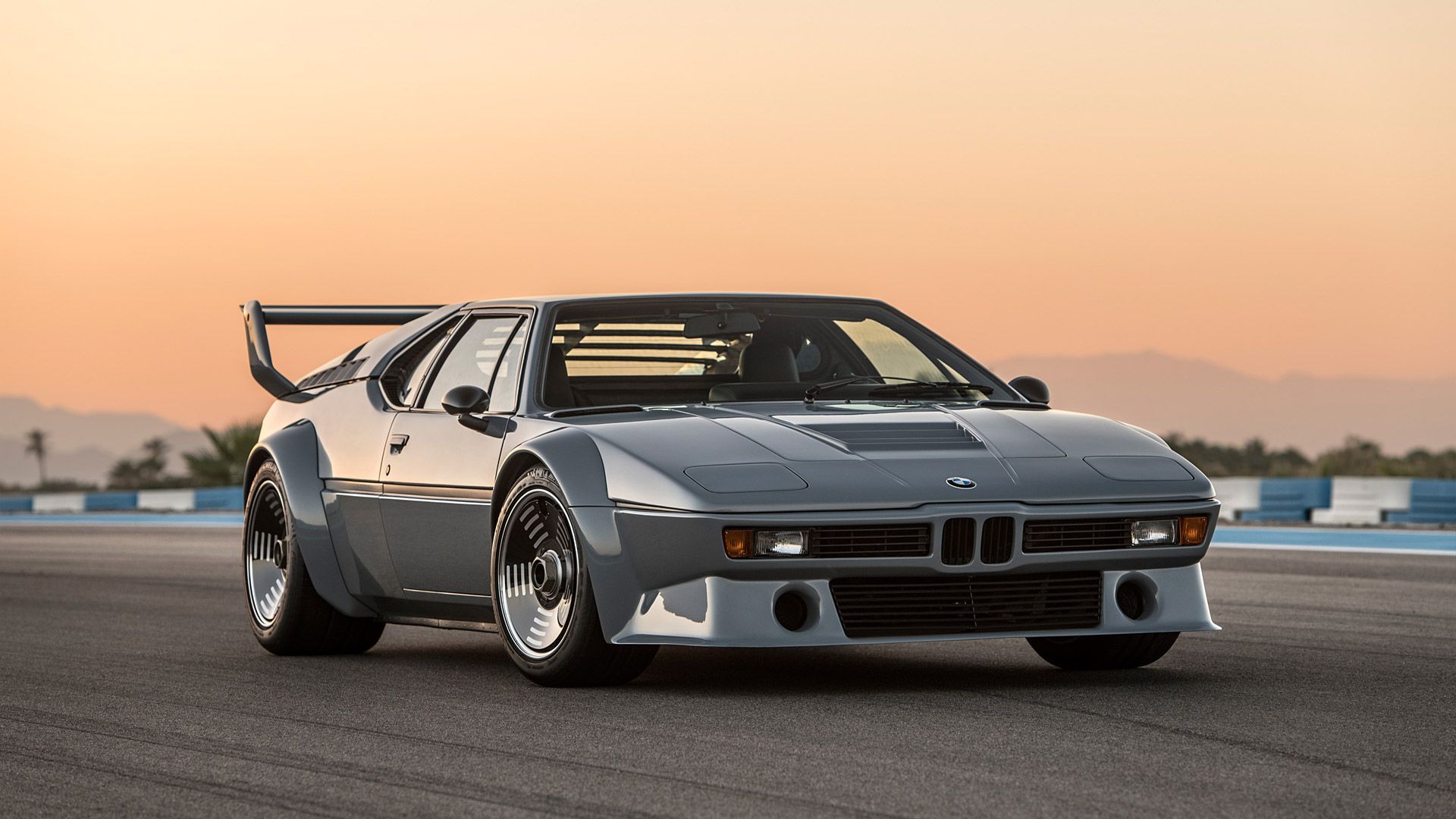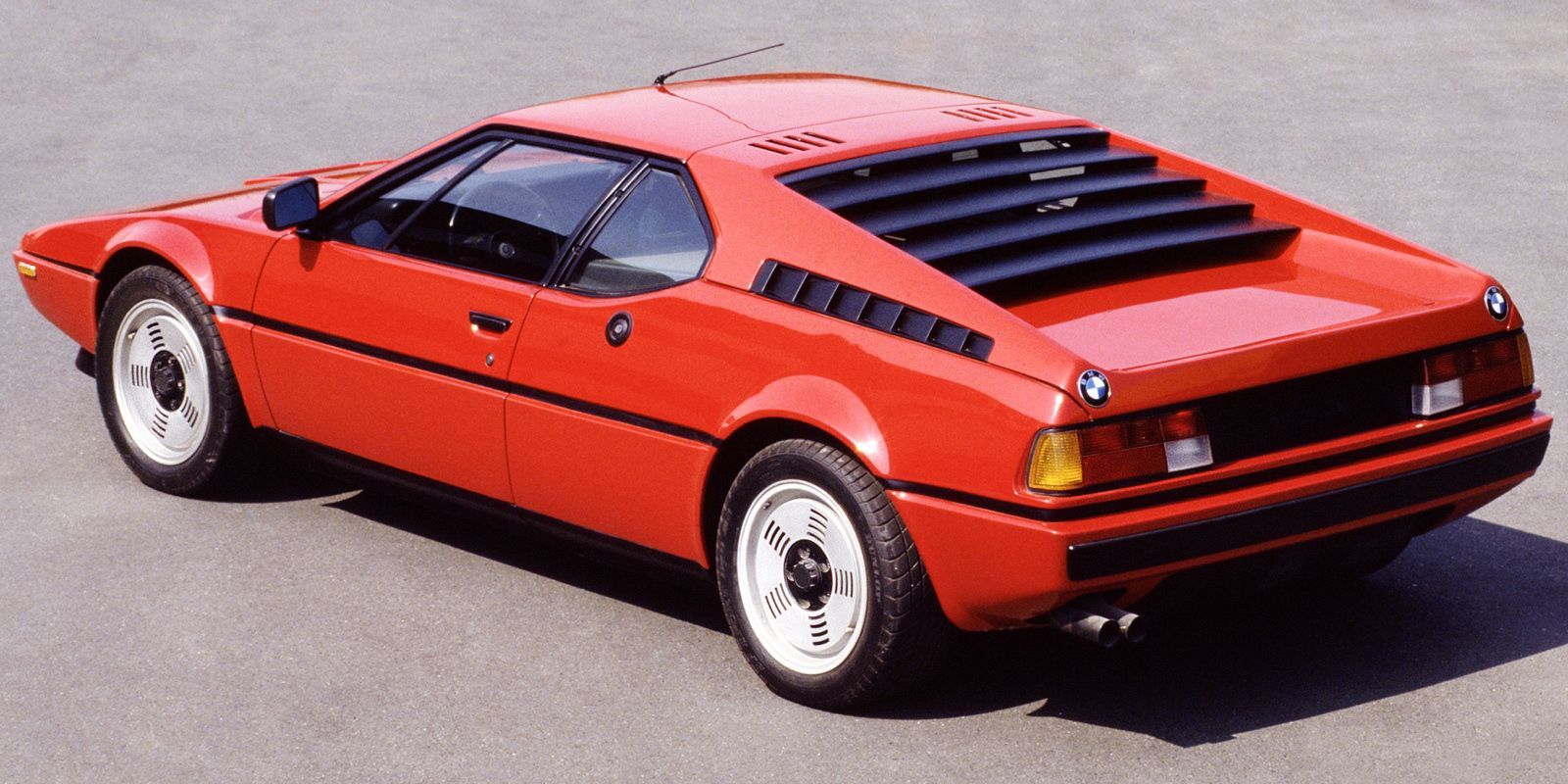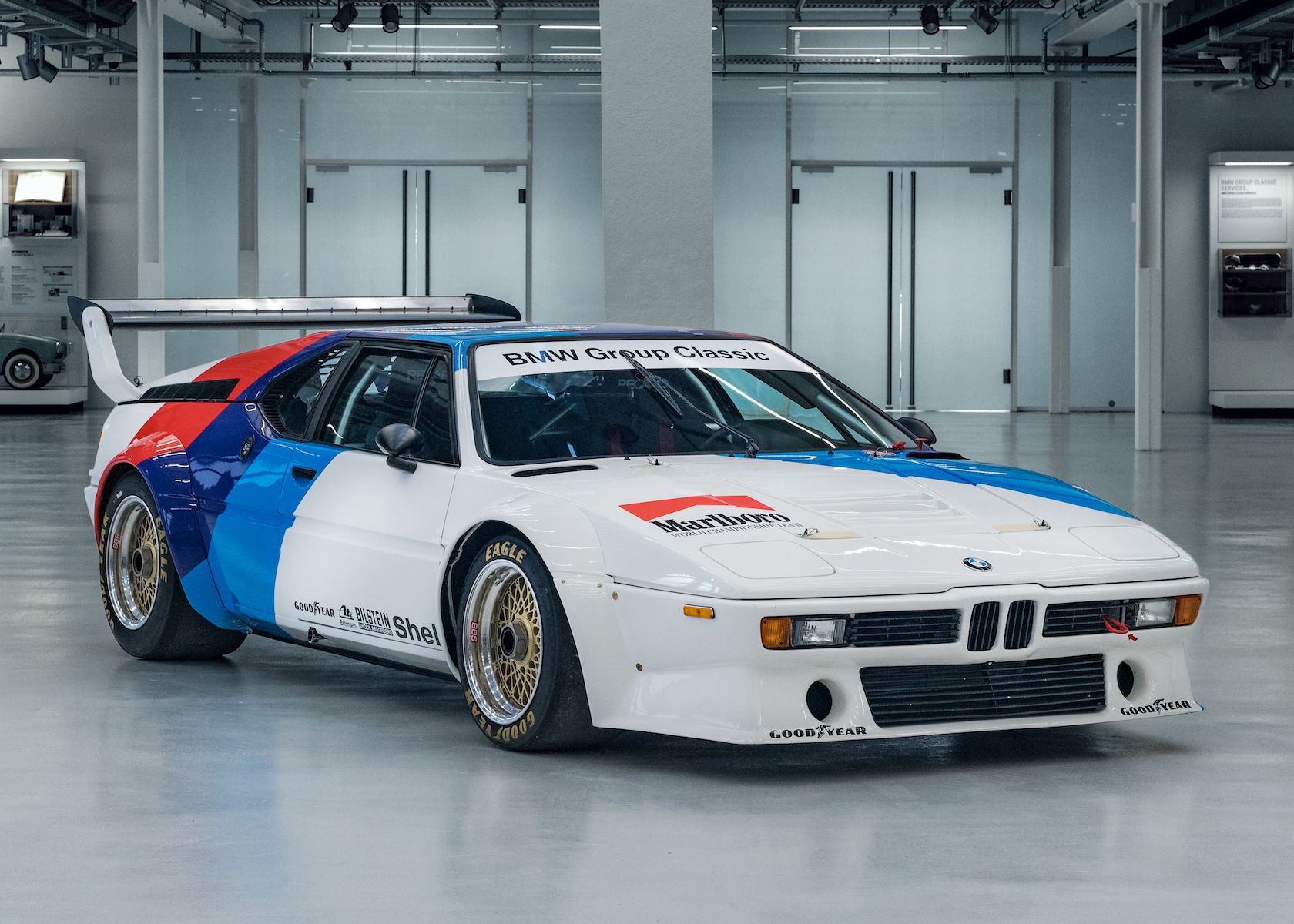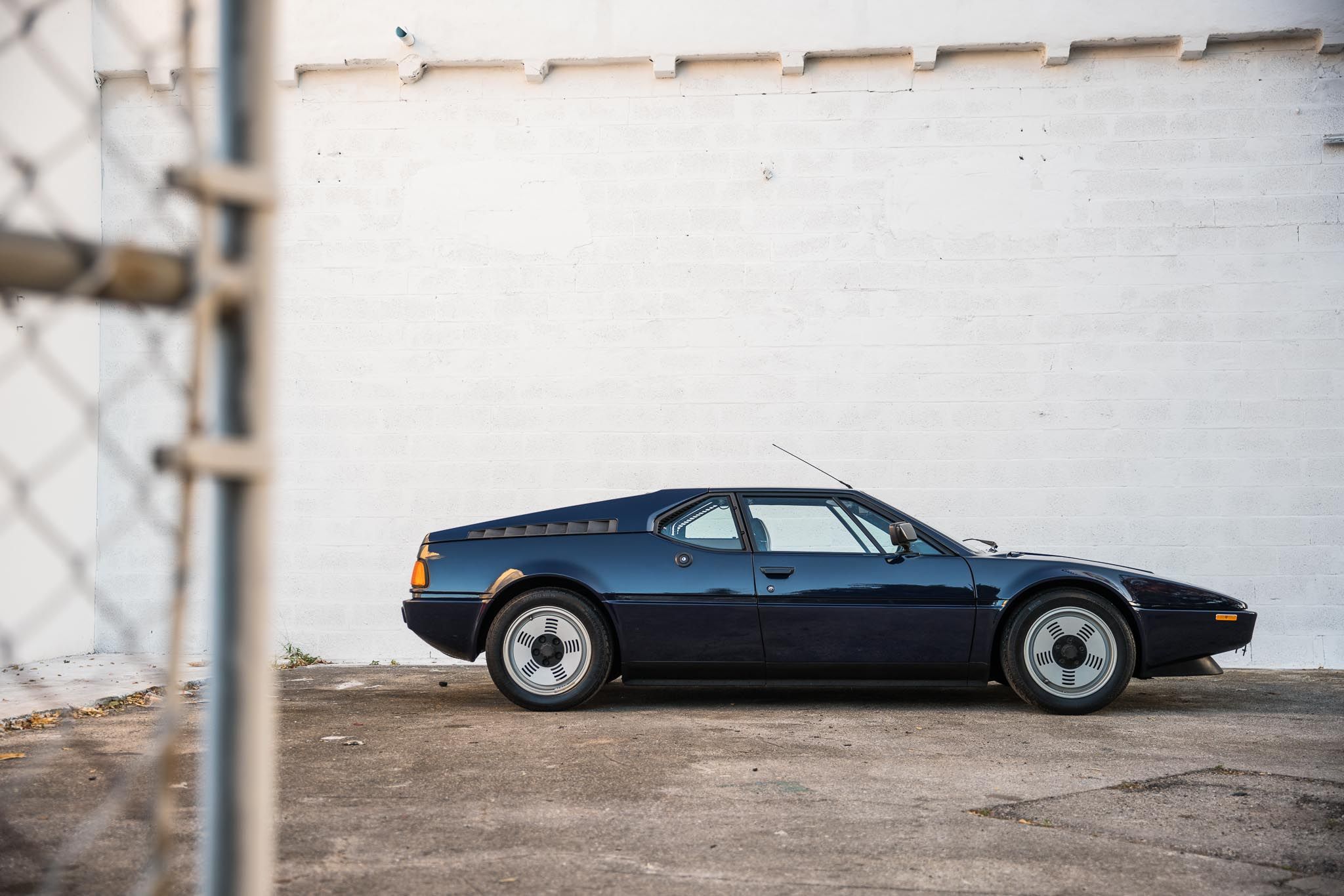Defining BMW’s best sports car is a muddier exercise than you might think. Many of BMW’s greatest achievements and the vehicles which have given the brand its image haven’t been sports cars. The M3, M5, M6 and more recently the M2 and M4 are BMW’s line(s) of mainstream performance cars, but they’re all based on ordinary two and four-door sedans, not on bespoke sports car architecture.
That’s not to diminish the well-earned reputations of any of the great M-cars. They’re phenomenal, for the most part, and they offer people a balance of performance and usability that most other brands try in vain to imitate. They’re the standard-setters for sports sedans. But these excellent vehicles are not sports cars, so we’re going to have to dig deeper.
There are a few models that come to mind. The i8, for instance, has a complex and clever drivetrain and is made of space-age materials – not to mention its concept car looks – but it’s not a pure drivers’ sports car. Then there’s the Z3 M and Z4 M, both of which are excellent, but they lack the ambition and the pedigree of what truly is BMW’s greatest sports car: the 1979-1981 BMW M1.
The M1 was a joint venture between BMW and Lamborghini, born out of necessity to meet homologation requirements to compete in Group 5 racing. Its body was drawn up by Italdesign and its chassis was engineered by the man whose company still makes race frames for some of the biggest categories in motorsport. It used the first truly performance-tuned BMW inline-6 that would later power the original M5.
It was a coming-together of the best automotive minds of its era, a segment-defining supercar with the backing of a brand the size and magnitude of BMW. And yet, less than 500 were ever made.
Despite its sales failure, the BMW M1 is the brand’s best-ever sports car, and here’s why:
It's A Technical Marvel
The story of the BMW M1 begins in the mid-1970s when BMW entered into a partnership with Lamborghini to help them design and manufacture a mid-engined sports car to compete against Porsche in sports car racing.
Gianpaolo Dallara designed the tubular space-frame chassis under Lamborghini's supervision. Dallara would later found a company in his own name to develop and build racing chassis, and it currently builds chassis for IndyCar, Formula E, Formula 2, and a laundry list of other series.
The body, which was made of lightweight fiberglass, was designed by Giorgetto Giugiaro at Italdesign, where the bodies were also built and mated to their chassis. The final assembly was to be completed by Lamborghini, however, financial troubles forced them to abandon the project having built only seven prototypes. Control of the project returned to BMW in 1978.
The production process may have been a convoluted mess, but the end result was sublime. Here was a lightweight, tube-frame sports car with a mid-mounted "M88" 3.5l inline-6 engine that also had air conditioning and an interior that met BMW's standards of quality for the time, which were much higher than the average exotic car make.
These little luxuries, which make the M1 one of the easiest late-70s/early-80s supercars to live with, don't weigh the car down much. It came in at 1,300kg, which is a bit more than a Lotus Esprit of the same era, but it made more power than even the turbocharged Lotuses.
On the topic of power, the M1's engine was good for 277 ponies, which it generated at 6,500 RPM. That's enough for a top speed of 260 km/h (162 mph). It sounds phenomenal, due in no small part to its iconic velocity stacks, which were covered by a plastic shroud from the factory that most owners remove to hear more induction noise.
It Had Its Own Racing Series With A Formula 1 Connection
BMW's original goal for the M1 was to compete against Porsche in Group 5, but by the time the production nightmare had been sorted following Lamborghini's abandoning of the project, the racing series it was designed for had stopped. Instead of scrapping the whole thing, BMW instead created its own one-make series for the Group 5 M1s called BMW Procar Series to act as a supporting series for the 1979 and 1980 Formula 1 World Championships.
The idea was simple: the five F1 drivers who set the fastest times in the Grand Prix practice sessions would get to take part in a race with identical M1 Procars against other top drivers from different series and private owners, in the run-up to the planned F1 race. Some great names got a chance to participate, including Mario Andretti, James Hunt, Emerson Fittipaldi, Clay Regazzoni, and Niki Lauda, who won the overall series in 1979. He lost the title to Nelson Piquet in 1980.
The drivers were great, and so were the cars. The BMW M1 Procar was more than a simple wide body and big wing kit. It had wider wheels and tires for grip, a stiffer chassis for better handling, and a roll cage to protect the driver. It had plastic windows and a stripped-out interior to save weight, and the engines were thoroughly reworked to make almost double the factory power. The "M88/1" racing engine produced 470 horsepower at an ear-splitting 9,000 RPM. The noise is biblical, and what a sight it must have been to see these cars, which were all painted in stunning liveries, blasting around F1 circuits like Monaco.
After two years of tagging along to the F1 circus, some of the Pro-Cars were reworked to participate in other series, including racing at Le Mans and even in America in IMSA GTO. BMW's engineers knew there was more to be had from this car, and they produced a turbocharged version of the inline-6, dubbed "M88/2," that put out 1,000 horsepower. To my knowledge, it never raced.
It Drives Like Nothing Else
Reviewers who have had the good fortune of driving these things describe them as incredibly friendly and engaging vehicles. They don't have the heavy clutches or dim-witted transmissions of most period exotics. They lack power steering, but otherwise, they're as easy to drive as any other BMW of the time.
They're quick cars too. Even the road-going M1s feel quick, due in no small part to their size and the telepathic throttle response from the engine. The noise, as I've said, is sublime, and it cannot be understated how much that plays into the car's character. The power delivery is described as predictable and linear, without any sudden surges or dead zones that are sometimes inherent in old-school twin-cam engines.
Its road feel is described as nimble, but with a solidity that the ultralights like the Lotus Esprit don't have, by simple nature of its weight. It feels steady on the road like most German cars do, but with the agility and eagerness of a supercar.
The M1 remains one of the automotive world's best stories. It was a Frankenstein's monster of parts manufactured in Italy and Germany, it was abandoned by Lamborghini and it never turned a wheel in the racing series for which it was initially designed. But BMW gave the car another life, perhaps a better one, and for a brief moment it had the world's attention.
It is also deeply significant in another way. This was the first "M" car. Before the M1, there was no M3, M5, or M6. In fact, the M1's engine was used in the very first M-badged sedan, the E28 M5 in 1984, and we all know how that story goes. Without the M1, BMW's most famous line of performance cars may never have existed.
And for all that, the BMW M1 is the best sports car BMW has ever made.




